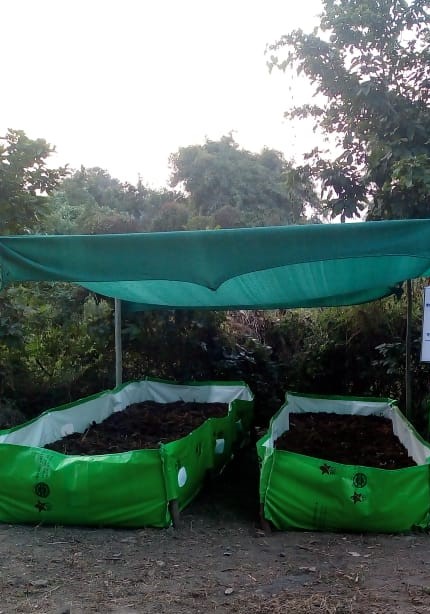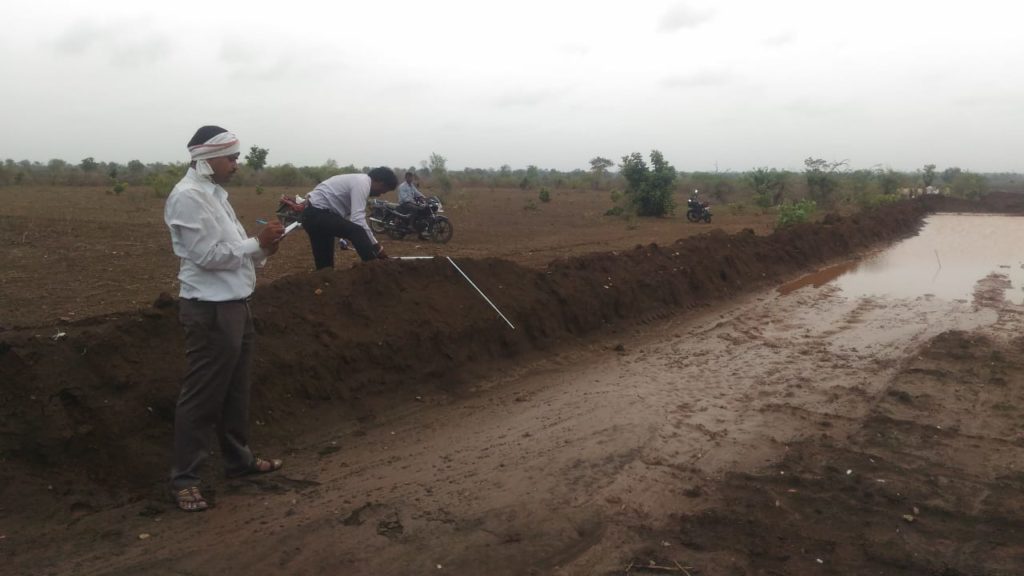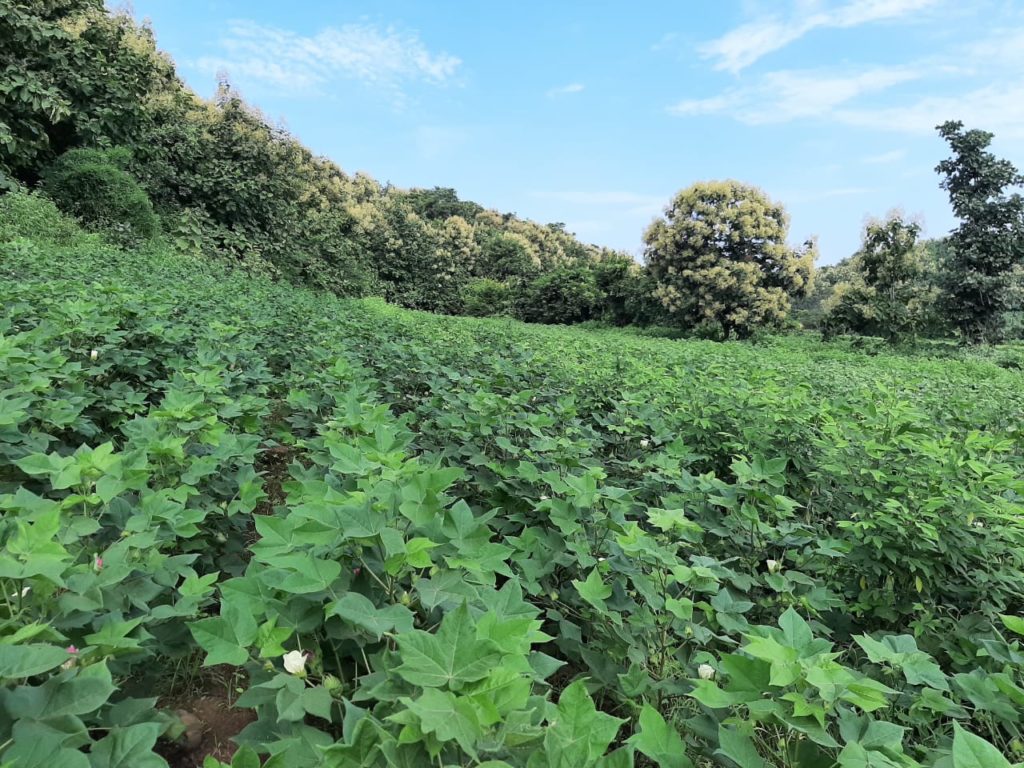Back in 2015, the United Nations launched the International Year of the Soils and flagged off the first ever World Soil Day on December 5th. The nourishing, sustaining life force on which agriculture inalienably relies, has been called ‘humanity’s silent ally’. Deservedly so, no conversation on sustainable development would be complete without a discourse on soil health and management.
Soil is the foundation of the agro-ecosystem, and critical for ensuring food security. It is regarded as the basis for food, feed, fuel and fibre production. Soils support plant roots, hold water, recycle nutrients and organic carbon to enhance crop productivity. They are home to beneficial soil micro-organisms that maintain the soil health and provide nutrients to the crop.
The Challenges and Prevailing Concerns in Soil Health Management
In recent years, soils are becoming critically degraded as a result of poor farming practices. The Food and Agriculture Organisation (FAO) has estimated that soil erosion carries away 25 to 40 billion tonnes of topsoil every year, significantly reducing crop yields and the soil’s ability to store and cycle carbon, nutrients, and water. Soil and water erosion, indiscriminate use of agro-chemicals (fertilizers, pesticides, herbicides), and low organic matter are affecting the quality of soil; consequently impacting productivity.
Vandana Digambar, a cotton farmer from Kotha village of Yavatmal district in Maharashtra speaks at length about the high use of chemical fertilizers by farmers in her village, and its associated dangers to soil health. She says, “Farmers are using fertilizers in much higher quantities than what the plant needs, without understanding the nutrient status of their soil. This unbalanced use makes the soil infertile.” According to her, soil nutrient analysis through soil testing will help farmers decide the exact dose of fertilizers, and help lower the impact on soil health.

Furthermore, excessive use of fertilizers and pesticides results in nutrient loss, surface water and groundwater contamination, soil acidification, reduction in useful microbial communities, and increased sensitivity to harmful insects. Not just fertilizers alone, but the use of herbicides too have proven detrimental to soil health. Prolonged application of these may alter the microbial populations and functions of microbes in bio-geochemical cycles, increasing the likelihood of soil infertility.
Savita Tamake, a cotton farmer from Chahand village in Ralegaon block of Yavatmal highlights how herbicides are harmful and are depleting soil health. She explains, “ If there is high rainfall during the early crop stage, manual weeding becomes difficult due to water logging and muddy conditions in the fields. If the rains persist, farmers tend to spray herbicides to get rid of the weeds.” According to her, repeated or prolonged spraying of herbicides has led to a steady deterioration in soil health, in the past few years. These practices need to be remedied and be replaced by lasting, sustainable ones.
Approaches and Efforts to Improve and Maintain Soil Health
Increasing the level of organic matter in the soil is the best way to protect our soil and make it nutrient-rich. Soil organic carbon is crucial to maintain soil health and increase fertility. Healthy soils provide farmers with better crop yields and also help reduce stress on the plants. Maintaining soil health is therefore fundamental for agricultural growth and development.
We, at The Institute for Sustainable Communities (ISC) and our partners are working with cotton growing communities in India, to promote soil and water conservation practices as part of a holistic approach to promote water stewardship and sustainability. The approaches identified and implemented for maintaining soil health include:

- Awareness generation and knowledge sharing about the importance of soil health, and good operating practices to maintain and improve soil quality.
- Integrated Nutrient Management (INM) for managing the use of both inorganic and organic sources (farmyard manure, vermicompost, green manure and bio-fertilizers) of nutrients to meet the demand for macro and micro-nutrients. This is to ensure high yields and to improve soil health.
- Nitrogen Management through application of fertilizers in split doses across the growth cycle of the cotton crop.
- Use of organic manures to improve the physical and chemical properties of the soil in addition to adding organic carbon and moisture to the soil.
- Soil and water conservation measures such as sowing across the slope, mulching, farm bunding, contour trenches and cultivation on the broad bed furrow which help in reducing soil erosion and supports in-situ soil and water conservation.
- Mixed farming, inter-cropping, and crop rotation with leguminous crops have a significant role in improving soil biodiversity with flora and fauna and making the soil rich in nutrients.
Adoption of these practices has led to reducing the environmental footprint of the cotton crop in our areas of work. Results from 20191, indicate a 40 % reduction in the use of nitrogenous fertilizers and 42% reduction in the use of potash fertilizers. We are also observing an encouraging trend where farmers are taking up vermicomposting too.
Maintining soil health is a key imperative for agricultural development, in addition to conserving our natural resources. It is time that we build a narrative on soil health and work for reinforcing the importance of this crucial resource.

Sushama Darne, Program Assistant, Institute for Sustainable Communities
